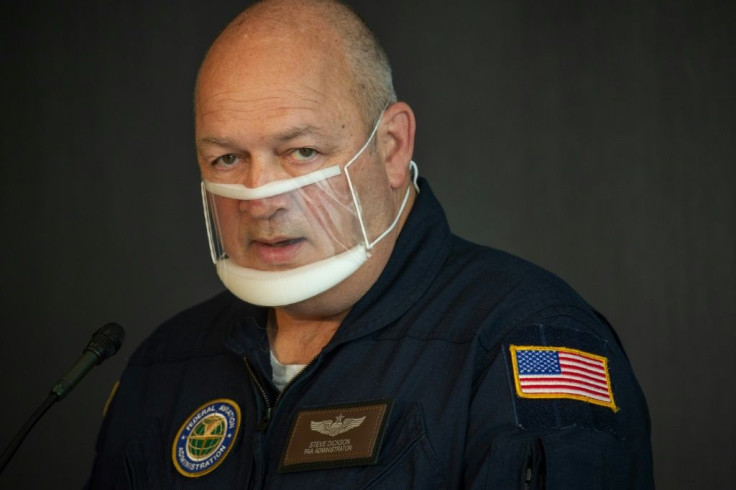FAA Back Under Spotlight With Latest Boeing Incidents
In the wake of a weekend scare on a Boeing 777 over engine failure, the Federal Aviation Administration moved immediately to suspend flights on planes with the same model.
And on Tuesday, the regulator ordered a deeper inspection of the Pratt & Whitney engines on Boeing 777 planes that had failed over Denver days earlier, with debris raining onto neighborhoods below.
The engine maker said in a statement Tuesday evening that it would comply, using Thermal Acoustic Imaging to "confirm airworthiness."
Earlier in the day, the FAA disclosed that it had been contemplating stricter rules even before the Denver flight, following a similar incident on a Japan Airlines flight in December when a Pratt & Whitney engine also failed.
The statement comes as the US agency, once considered the gold standard of aviation safety, works to recover its standing in the wake of the previous Boeing 737 MAX disasters.
A September 2020 congressional probe over the two MAX crashes that killed 346 people slammed the agency, saying the crashes were "the horrific culmination of a series of faulty technical assumptions by Boeing's engineers, a lack of transparency on the part of Boeing's management, and grossly insufficient oversight by the FAA."
FAA chief Steve Dickson reiterated the agency's commitment to safety, saying he looked forward to a National Transportation Safety Board (NTSB) investigation, but that the agency was being proactive.
"We're not waiting for that," Dickson said of the NTSB probe. "We're acting with the best data we have."
"We want to understand what happened and to take steps to prevent this from happening again in the future," Dickson said.
The United Airlines plane in Saturday's incident scattered debris over suburban Denver after the engine failed and burned apart shortly after takeoff, necessitating a quick return to the city's airport.
NTSB chair Robert Sumwalt said Monday that a root cause of the incident appeared to be metal fatigue, adding that the investigation was ongoing.

The NTSB plans to look at the inspection record on the United plane to see "who knew what when, what could have been done and what should have been done," Sumwalt said.
The Denver incident also has similarities to an earlier case in February 2018 when another United flight with the same Pratt & Whitney engine was forced to return after takeoff.
Following that case, the FAA reviewed 9,000 fan blade inspection reports and issued an airworthiness directive setting new rules on inspections.
The FAA's efforts on the 777 come after it was widely criticized over missteps on the MAX.
In the wake of the first fatal MAX crash in October 2018, involving a Lion Air plane in Indonesia, the FAA issued a notice to airlines about a key flight handling system that misfired, but allowed the planes to keep flying.
The MAX was not grounded globally until after the second crash in March 2019, in Ethiopia. The FAA has come under especially withering criticism for its decisions in between the two crashes.
Aviation experts consider the 777 issues to be distinct from the MAX, not only because there were no fatalities, but also because the issues with the 777 involve a seasoned plane. Many of the questions focus not on plane design, but on whether maintenance was adequate.
John Cox, head of Safety Operating Systems, an aviation consulting firm, said the FAA's approach to the 777 had been "defensible," considering that the agency had ordered tighter inspections after the 2018 incident.
"Knowing what we know now, improving the inspections might have been a good thing, but they didn't know that at the time," Cox told AFP. "It's important to recognize that they acted on the data that they had."
Teal Group aviation analyst Richard Aboulafia said at this point the FAA's past action "seems reasonable" based on what is known, adding that the dynamics around the 777 are "very different" from those in the MAX case.
© Copyright AFP 2024. All rights reserved.





















